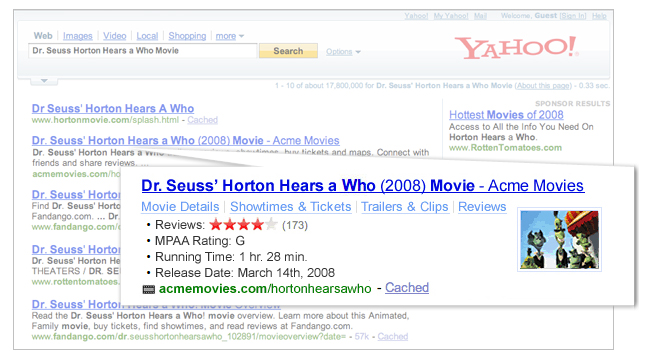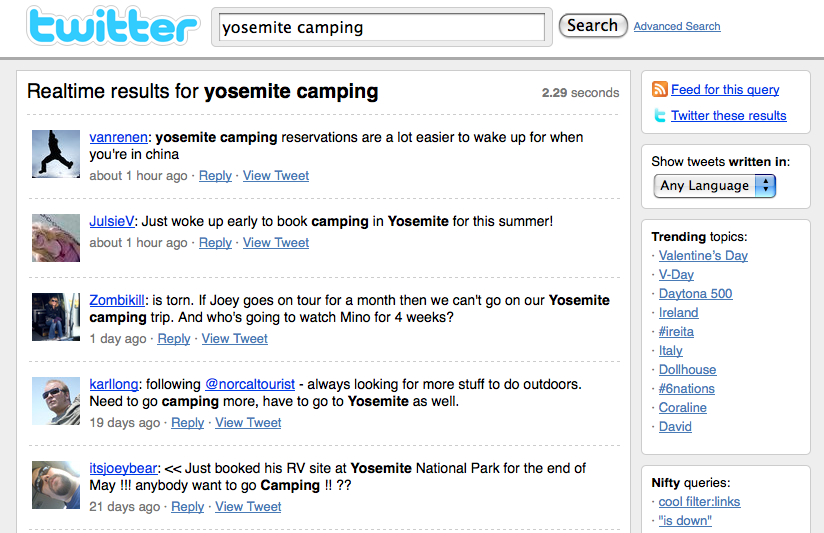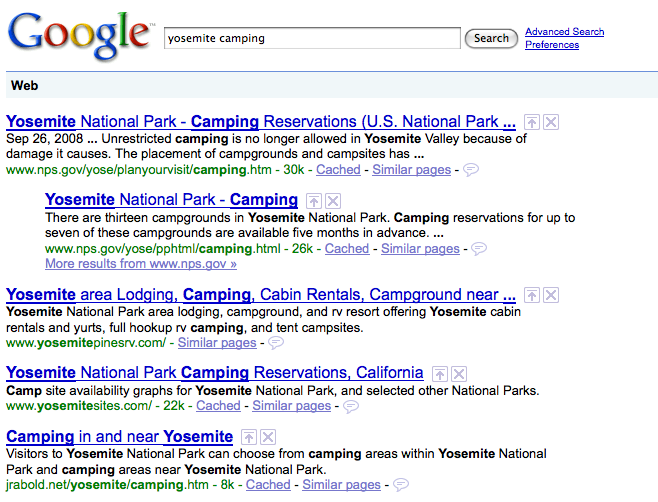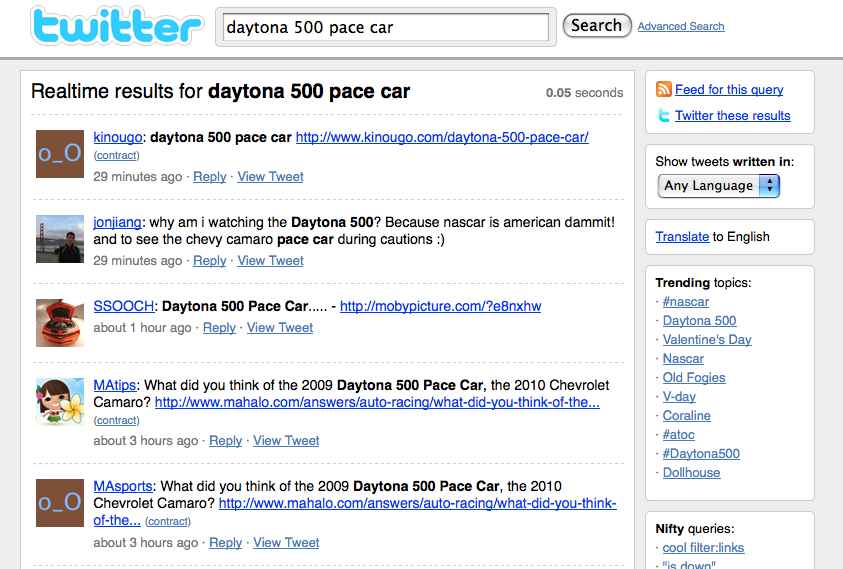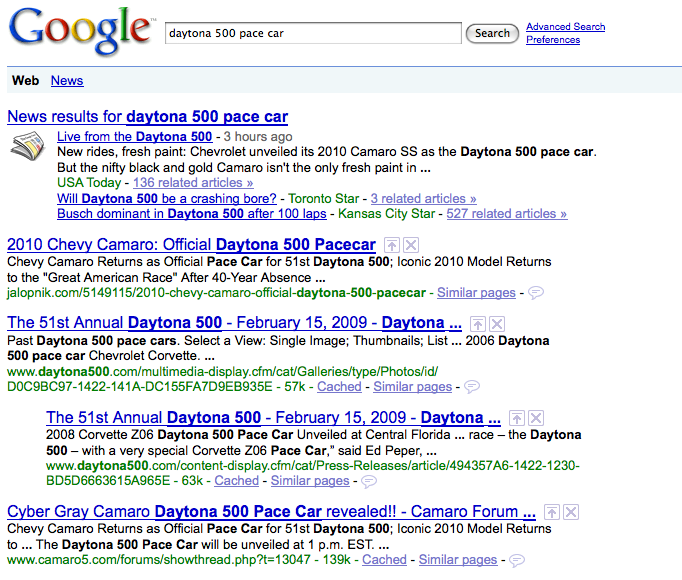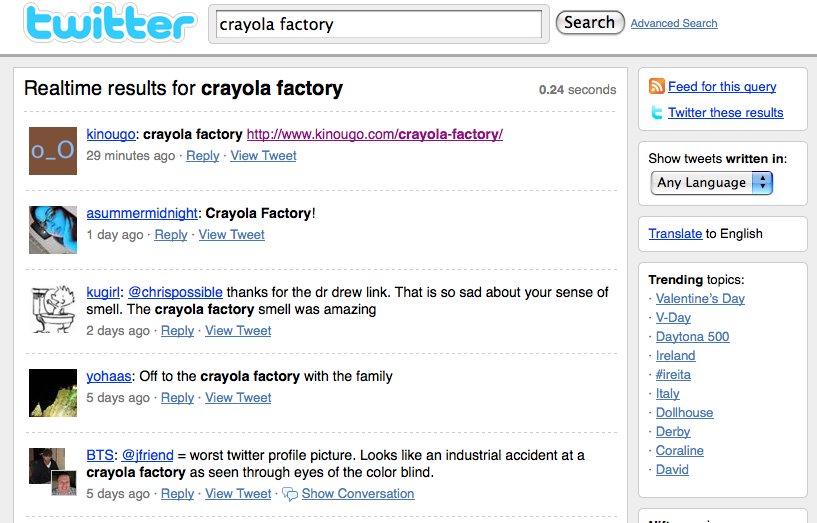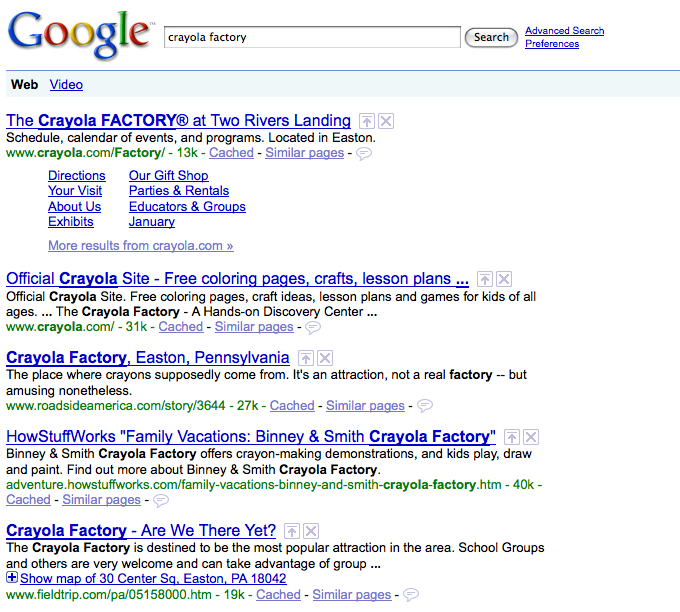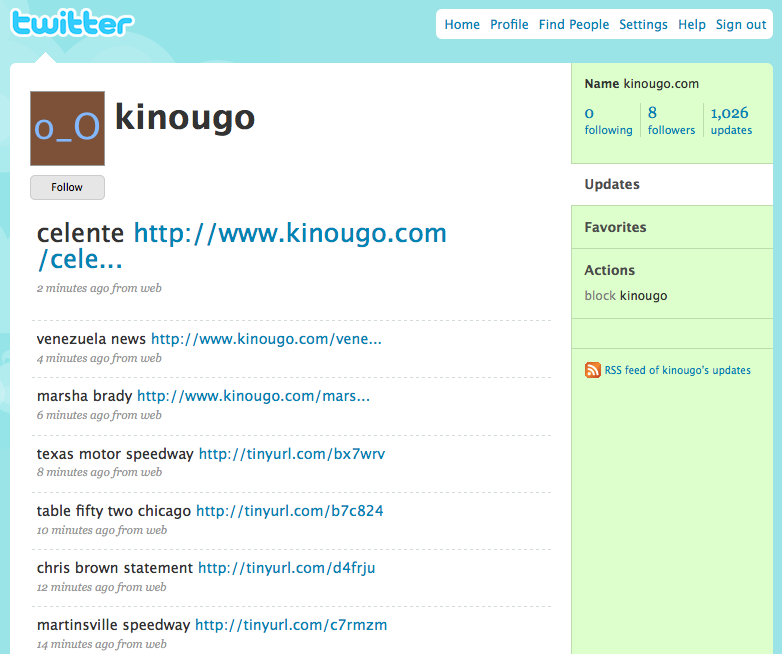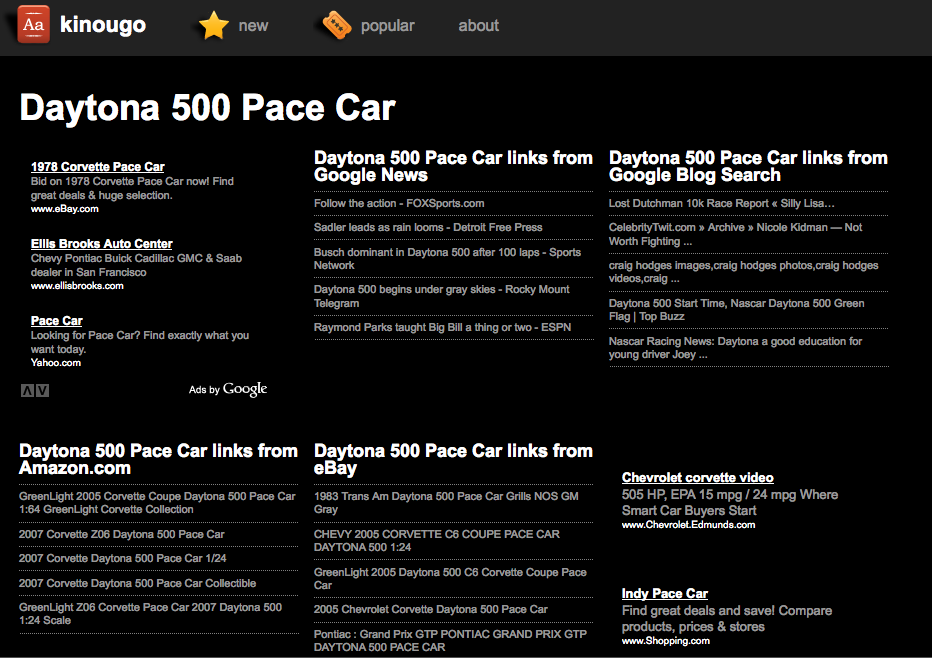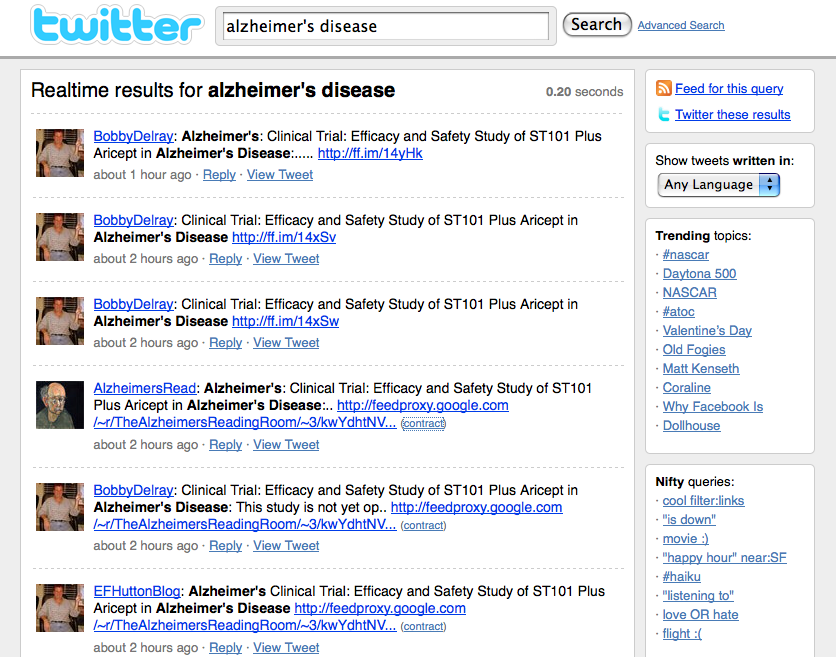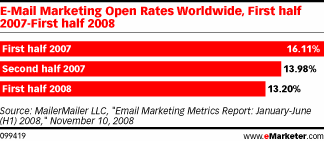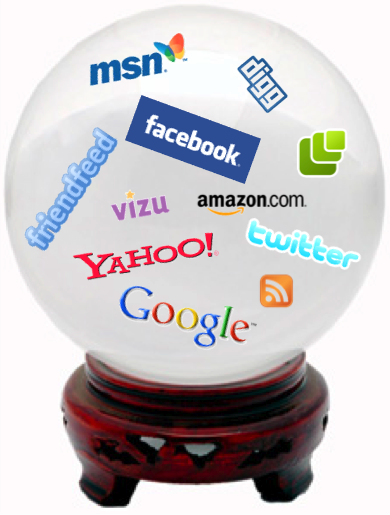Is there any argument that the capital of the Internet is San Francisco?
Sure, there are other areas of activity. New York City, Los Angeles, Chicago, Seattle, Boston, Austin and a smattering of international destinations all have enclaves of Internet related activity. But the heart of the Internet remains in San Francisco. Or the Bay Area to be more precise.
Just think of the companies based in the Bay Area. Google. Yahoo. Facebook. Twitter. Yelp. Craigslist. eBay. YouTube. FriendFeed. Wikipedia (relocated from Florida). WordPress. Mozilla. Photobucket. Apple. Netflix. CNET. Adobe. Ask. LinkedIn. Snapfish. Digg. ZEDO. Pandora. CafePress. Salesforce.
I’m not even scratching the surface of all the start-ups and other sites, nor am I straying into traditional technology which would be another long list.
The Language of the Internet
Nowhere else is the language of the Internet spoken so fluently. Talk of browsers, social media, search engines, eCommerce, digital media, programming and more are par for the course. You’re bound to hear it if you sit down in a Starbucks and eavesdrop on conversations.
In New York it’s Wall Street. In Los Angeles it’s Hollywood. In Chicago it’s advertising. In Austin it’s music. In Seattle it’s … coffee and the weather. In Boston it’s … the Red Sox. In San Francisco, it’s the Internet.
Under this assumption, the White House is Google. I admit that I haven’t figured out who or where the Capitol is located. (Nominations anyone?)

The other cities mentioned above serve as Internet embassies. These embassies are important, but make no mistake, you’re in a foreign land. The locals don’t speak the language.
Finding the Internet Capital
I know a little more about this topic since I lived in Washington, D.C. for a little over 6 years. Washington D.C. is, without question, the capital of politics. Again, that’s not to say you can’t be a political animal in your own state or city, but D.C. is where it all comes together.
Even in college I couldn’t help but talk about politics and legislation as I drank yards of beer with friends. I knew it was time to leave when the bathroom graffiti was about NAFTA.
I moved from San Diego (yeah, I’ve hop scotched here and there) to San Francisco because I wanted to get into Internet marketing.
Why not do it in San Diego? Well, back in 1999 there was really only one San Diego based option – MP3.com. And the number of applications to openings was staggering. (So was their eventual implosion.)
On a lark (and to my wife’s shock) I sent three resumes to San Francisco based companies. I got three interviews and eventually landed one of those jobs.
San Francisco Detractors
Some simply don’t get it. They view the Bay Area, or Silicon Valley (the latter term seemingly used as a pejorative), as too focused and too caught up with itself. It’s expensive they moan. You live in a bubble and don’t see what’s really going on they shout.
Mind you, the same type of arguments can be applied to Washington, D.C, government and politics. But there are checks and balances.
Internal factions remind us of the outside world. We have our fair share of contrarians. Bubbles pop. And yes, from time to time ambassadors from Internet embassies remind us that there’s life beyond our corner of the world. And there is great work happening beyond the Bay Area.
But at the end of the day …
The capital of the Internet is San Francisco.


